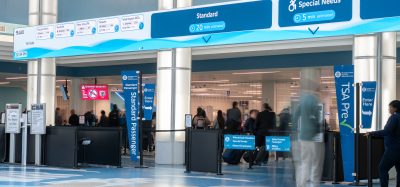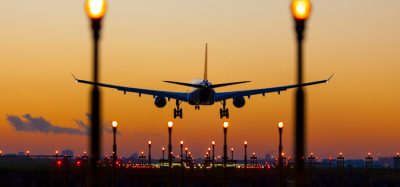Understanding the building blocks of aviation capacity
Posted: 2 April 2020 | Catya Zuniga - Amsterdam University of Applied Science, Geert Boosten - Amsterdam University of Applied Science | No comments yet
Catya Zuniga and Geert Boosten, from the Amsterdam University of Applied Science, discuss how best to define aviation capacity.
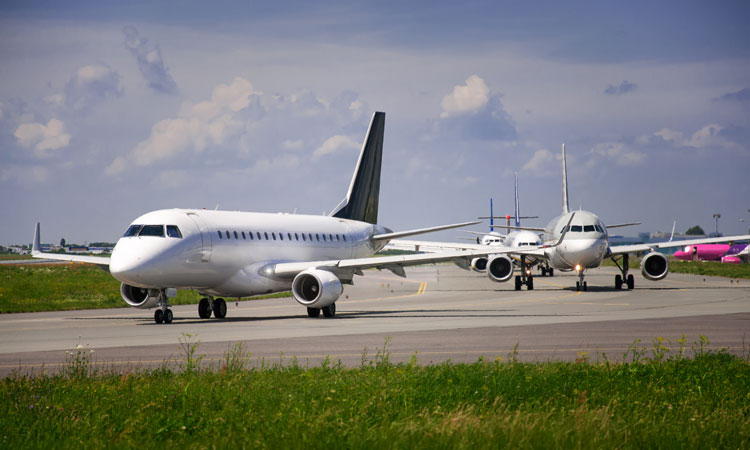

Both Airbus and Boeing’s market outlooks forecast a continuous annual air traffic growth of 2.9 per cent, towards 4.8 per cent until 2036. In 2019, European carriers grew by 4.8 per cent (revenue seat kilometre, RSK), whilst their capacity grew by five per cent (available seat kilometre, ASK). Although the current COVID-19 crisis is having a tremendous impact on aviation, we assume that, after recovery, aviation will once again find its growth path from the last decade.
Airport congestion
Continuous growth creates a paradox in which more aviation brings more economic growth, as well as increased delay and congestion. Therefore, one of the air transport industry’s major challenges is to find the sources of congestion and determine how to mitigate its attached effects, such as delays and their propagation through the global network of airports. Congestion appears when the demand exceeds the available operational capacity of the resources, such as the airport infrastructure, handling services or air traffic management, to mention a few.
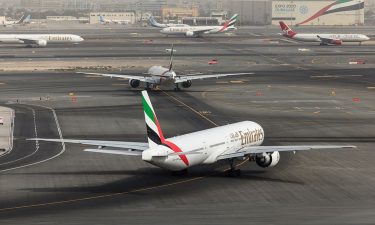

The congestion causes delays which have a major economic and environmental impact on the entire air transport system. Research (Ball et al, 2010) indicates that actual demand at the majority of U.S. airports can exceed the operational capacity, resulting in delays with significant associated costs; the nationwide impact of flight delays in the United States was estimated at over $30 billion in 2007 – out of which $8.3 billion was the direct cost of airlines – and this is still the case, as the FAA reports over $28 billion of delay-related costs in 2018. But, when access to airports is restricted, as in most of the busiest European airports, this will result in lost demand. According to IATA, in the European Union, the air traffic management (ATM) inefficiencies led to 10.8 million minutes of flight delays in 2012, costing €4.5 billion to airspace users and €6.7 billion to passengers, whilst producing 7.8 million tonnes of wasted CO2.
Join us live: Shaping the Next Generation of Hold Baggage and Air Cargo Screening
Join us live for an insightful webinar on 11th December at 14:00 GMT, in collaboration with Smiths Detection, as we explore the strategic balance of operational efficiency, regulatory compliance, and sustainability in high-volume security environments.
This session offers a focused look into future-proofing your security strategy.
Key learning points
- Cost Reduction: Strategies to minimize bag travel time while simultaneously reducing operational costs.
- Regulatory Roadmap: Insights into the next wave of regulatory changes and their impact on future investment decisions.
- Sustainable Systems: Practical approaches to building sustainability into security systems and lowering the total cost of ownership (TCO).
- Scalable Solutions: Real-world examples of scalable systems supporting current airport growth and preparing for tomorrow.
Register now for expert insights, case studies, and actionable strategies on operational efficiency!
The challenging dilemma on how to act when congestion appears is either to enhance capacity or to manage traffic demand. Often, aviation seeks to enhance the capacity side of the equation. But we first need to understand what capacity is, by identifying the main drivers or factors that, in the end, will affect how many flights and/or passengers and cargo can be processed at an airport at any given moment.
Defining aviation capacity
A specific definition of airport capacity is missing; the most common defines the declared capacity as the number of hourly air traffic movements on a runway, or the runway capacity taking into account limitations by environmental criteria, such as noise and emissions. The complex nature of capacity, the lack of understanding, its drivers and characteristics, make it difficult to deal with capacity. Capacity seems to be a dynamic, interactive concept that is influenced by many factors or drivers. Therefore, before focusing on presenting a capacity definition, we will start by identifying the main technological and societal drivers that will determine the capacity of an airport system in a network-based approach. Next to these drivers, we want to point out the influence of the stakeholder’s business model on the factual airport capacity usage as one of the three main drives for capacity.
Technological drivers for aviation capacity
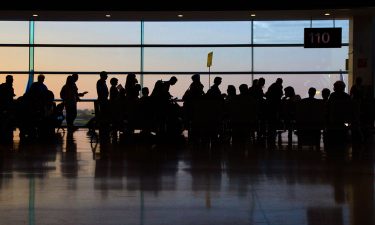

Societal drivers for aviation capacity
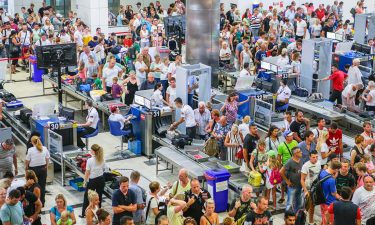

The impact of airport and airline business models
An airport isn’t just serving a specific local market; the so-called global-local paradox confronts the global operating aviation business with local concerns and arguments to balance economic and aviation growth with quality of life. The same mechanism ensuring that strong demand growth and success of aviation will result in congestion, and can be found in this paradox where more growth develops a stronger resistance in a region. Therefore, airport and airline business models play an essential role in the use of available technological capacity and societal factors. The success models of large full-service carriers are based on hub and spoke operations, which generate high peaks at airports. The appearance of a new type of business model – such as Low-Cost Carriers (LCC) – creates a new type of passenger with new needs. This model influences the capacity usage of many airports in a different manner. The LCC model is based on three main pillars of reduction: The flight operation cost (FOS), ground costs and system operation costs. The FOS are reduced by applying a point-to-point network model employing the same type of aircraft, which lead to the ‘same’ type of maintenance, crew training or fuel. The characteristics of the LCC business model have an impact on the aircraft turnaround time, but also on the airport usage. It will develop its own business model by anticipating a new type of airport user. A good example is the increased demand for slots at Amsterdam Airport Schiphol (AMS). When the societal constraint for 500,000 slots was almost reached, all airlines tried to acquire the last available slots and maintain operating flights just to ensure that the slots won’t be used. The business model of the airlines and airports encounters and triggers our third main driver for capacity, which stands for how airlines and airport de facto will use the available technical and societal capacity.
To conclude, aviation capacity might often be misunderstood as a general definition expressed in a number of aircraft movements per hour, day or year. In addition, this definition should consider other important drivers, such as the social factors and the business model of airlines and airports among other stakeholders. How to calculate capacity is a complex problem, consisting of reinforcing loops (resulting mainly in exponential growth) and balancing loops to control the impact of the growth on operations. More efforts, then, are needed to understand the drivers of capacity in this complex system to better plan and execute operations.
Biography


Boosten has gained expertise in many aspects of airport management, business development and strategy. As a Director of Corporate Strategy, he was responsible for Schiphol’s strategy, master planning and international development, as well as airport privatisation, regulation of fees and charges and new business development.
After leaving Schiphol, he advised airports and governments abroad on master planning, strategy and PPP-projects. Currently, Boosten is heading the airport aviation management research unit of the Aviation Academy. The focus of the applied research is on understanding the dynamics of airport capacity and the use of simulation tools in optimising the capacity usage.
Biography


She has worked for the last few years as a professor for Spanish, French and Mexican universities; currently as an Associate Professor at Amsterdam University of Applied Science.
Zuniga’s main research has been focused on strategic and pre-tactical air traffic management and airport management. She has participated in European, Spanish and Mexican projects, such as STREAM (Strategic Trajectory Deconfliction to Enable a Seamless Aircraft Conflict Management); ATLANTIDA (New technologies applied to UAV’s for research and ATM development); a CICYT Spanish program (Discrete Event Simulation Platform to improve the flexible coordination of land/air side operations in the Terminal Maneuvering Area (TMA) at a commercial airport); and, more recently, in a three-year project: Logistic Analysis of Air Traffic Operations in Mexico.
Join our free webinar: Revolutionising India’s travel experience through the Digi Yatra biometric programme.
Air travel is booming, and airports worldwide need to move passengers faster and more efficiently. Join the Digi Yatra Foundation and IDEMIA to discover how this groundbreaking initiative has already enabled over 60 million seamless domestic journeys using biometric identity management.
Date: 16 Dec | Time: 09:00 GMT
rEGISTER NOW TO SECURE YOUR SPOT
Can’t attend live? No worries – register to receive the recording post-event.
Related topics
Aeronautical revenue, Capacity, Passenger volumes, Regulation and Legislation






